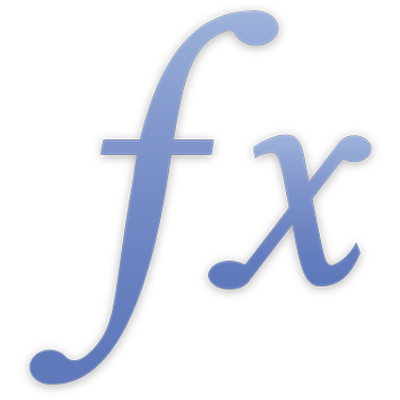
BONDMDURATION
The BONDMDURATION function returns the modified weighted average of the present value of the cash flows for an assumed par value of $100.
BONDMDURATION(settle, maturity, annual-rate, annual-yield, frequency, days-basis)
settle: A date/time value or date string representing the trade settlement date, usually one or more days after the trade date.
maturity: A date/time value or date string representing the date when the security matures. maturity must be after the date specified for settle.
annual-rate: A number value representing the annual coupon rate or stated annual interest rate of the security used to determine periodic interest payments. annual-rate must be greater than 0, and is entered as a decimal (for example, 0.08) or with a per cent sign (for example, 8%).
annual-yield: A number value representing the annual yield of the security. annual-yield must be greater than 0, and is entered as a decimal (for example, 0.08) or with a per cent sign (for example, 8%).
frequency: A modal value specifying the number of coupon payments each year.
annual (1): One payment per year.
semi-annual (2): Two payments per year.
quarterly (4): Four payments per year.
days-basis: An optional modal value specifying the number of days per month and days per year (days-basis convention) used in the calculations.
30/360 (0 or omitted): 30 days in a month, 360 days in a year, using the NASD method for dates falling on the 31st of a month.
actual/actual (1): Actual days in each month, actual days in each year.
actual/360 (2): Actual days in each month, 360 days in a year.
actual/365 (3): Actual days in each month, 365 days in a year.
30E/360 (4): 30 days in a month, 360 days in a year, using the European method for dates falling on the 31st of a month.
Notes
This function returns a value known as the modified Macaulay duration. In contrast to Macaulay duration (BONDDURATION), modified duration is defined as the percentage change in price with respect to a 1 per cent change in yield, and is considered a measure of price sensitivity. It uses the bond’s yield to maturity to calculate the discount factors.
The currency shown in this function result depends on your Language and Region settings (in System Preferences in macOS and in Settings in iOS and iPadOS), or on your Time Zone and Region settings in iCloud Settings.
Example |
|---|
Suppose you are considering the purchase of a hypothetical security. The purchase will settle on 2 April 2010 (settle) and will mature on 31 December 2015 (maturity). The coupon rate is 5% (annual-rate). The stated yield is 5.284% (annual-yield). The bond pays interest quarterly (frequency), based on actual calendar days (days-basis). =BONDMDURATION("4/2/2010", "12/31/2015", 0.05,0.05284,4,1) returns approximately 4.95538808340513, the approximate percentage change in the securities price based on a 1 percent change in its annual yield. |